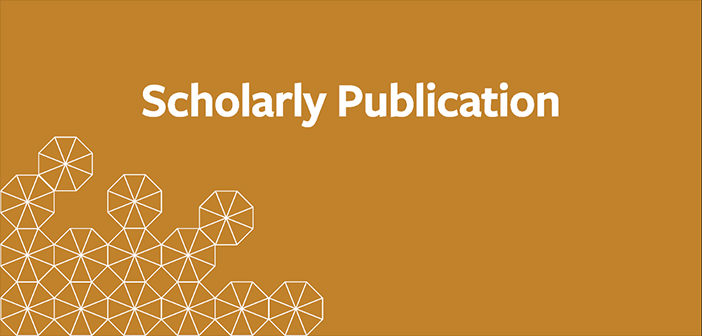Quarterly Journal of Economics 125(1):175-214. February 2010.
Abstract
Growing concerns over the inadequate achievement of U.S. students have led to proposals to reward good teachers and penalize (or fire) bad ones. The leading method for assessing teacher quality is “value added” modeling (VAM), which decomposes students’ test scores into components attributed to student heterogeneity and to teacher quality. Implicit in the VAM approach are strong assumptions about the nature of the educational production function and the assignment of students to classrooms. In this paper, I develop falsification tests for three widely used VAM specifications, based on the idea that future teachers cannot influence students’ past achievement. In data from North Carolina, each of the VAMs’ exclusion restrictions is dramatically violated. In particular, these models indicate large “effects” of fifth grade teachers on fourth grade test score gains. I also find that conventional measures of individual teachers’ value added fade out very quickly and are at best weakly related to long-run effects. I discuss implications for the use of VAMs as personnel tools.

